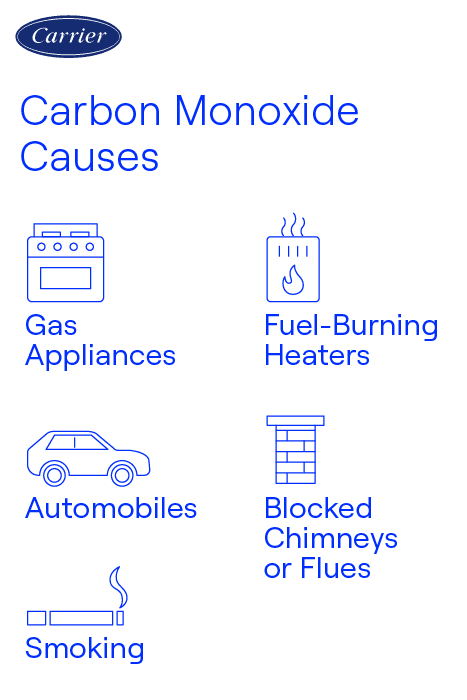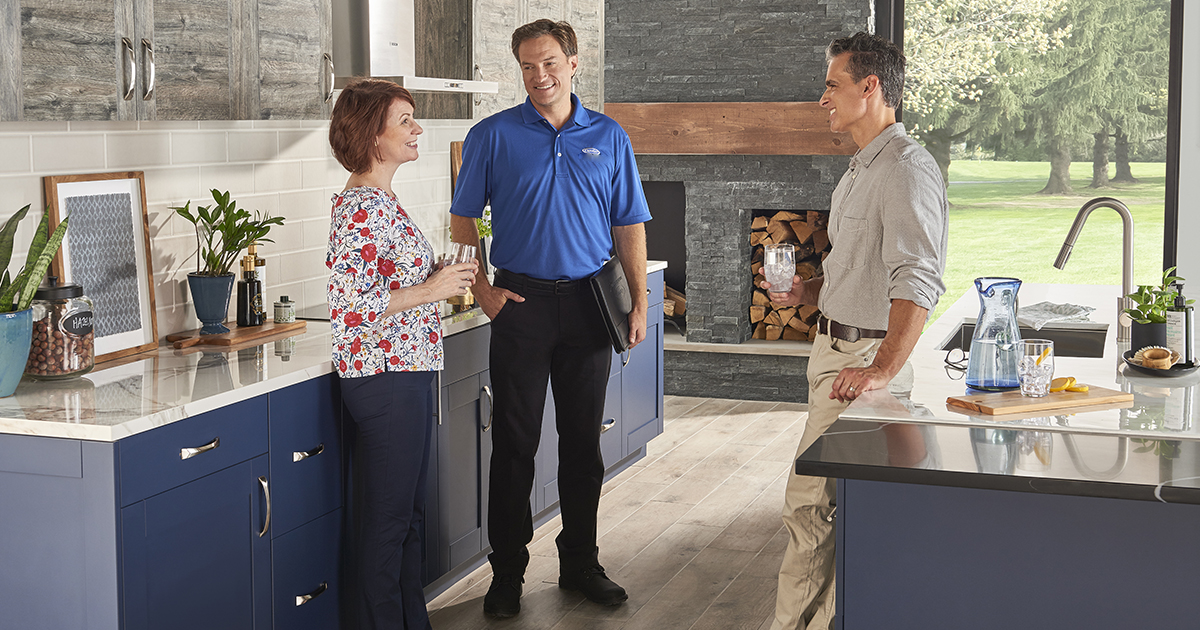What Causes Carbon Monoxide In A House?
Carbon monoxide is a colorless, odorless, and tasteless gas that can be found in homes. But where does carbon monoxide come from and what causes carbon monoxide in a house? Understanding its sources and the factors that increase its levels is crucial for ensuring the safety of your household. In this article, we will explore what causes carbon monoxide in a house and does carbon monoxide rise or fall.
Where Does Carbon Monoxide Come From In A House?

Carbon monoxide (CO) in a home is typically caused by incomplete combustion of fossil fuels or other carbon-containing materials.
How Is Carbon Monoxide Produced?

Common Carbon Monoxide Sources
Ever wondered what causes carbon monoxide in a house? Common carbon monoxide sources include:
- Gas Appliances: Malfunctioning or improperly installed gas stoves, ovens, water heaters, and furnaces can produce CO if combustion is incomplete.
- Fuel-Burning Heaters: Wood-burning stoves, fireplaces, and kerosene heaters can emit CO if ventilation is inadequate or if there are blockages in chimneys.
- Automobiles: Running a vehicle in an attached garage or using a gas-powered generator indoors can lead to CO buildup.
- Blocked Chimneys or Flues: Blocked or poorly maintained chimneys or flues can cause CO to back up into the home.
- Smoking: Tobacco smoke contains CO, though typically at lower levels than other sources.
- Barbecues: Using charcoal or gas barbecues indoors or in poorly ventilated areas can produce CO.
Carbon monoxide is particularly dangerous because it can go undetected without proper equipment. Often referred to as the 'silent killer,' it cannot be seen, smelled, or tasted. Without a carbon monoxide detector, it is challenging to detect its presence until symptoms appear.
Exposure to high levels of carbon monoxide can be fatal. When inhaled, it enters the bloodstream and binds to hemoglobin, reducing the oxygen that red blood cells can carry. This can lead to tissue damage and, in severe cases, death. Symptoms of carbon monoxide poisoning include headache, dizziness, nausea, confusion, weakness, and in extreme cases, loss of consciousness or death.
To prevent CO buildup, it's crucial to ensure proper installation, maintenance, and ventilation of all fuel-burning appliances and to use CO detectors to alert residents to dangerous levels of CO in the home. Learn more about “What are carbon monoxide detectors and how do they work?” and “how many carbon monoxide detectors do I need?”
Does carbon monoxide rise or fall?

Find The Best Carbon Monoxide Detector For Your Home With A Carrier Dealer


